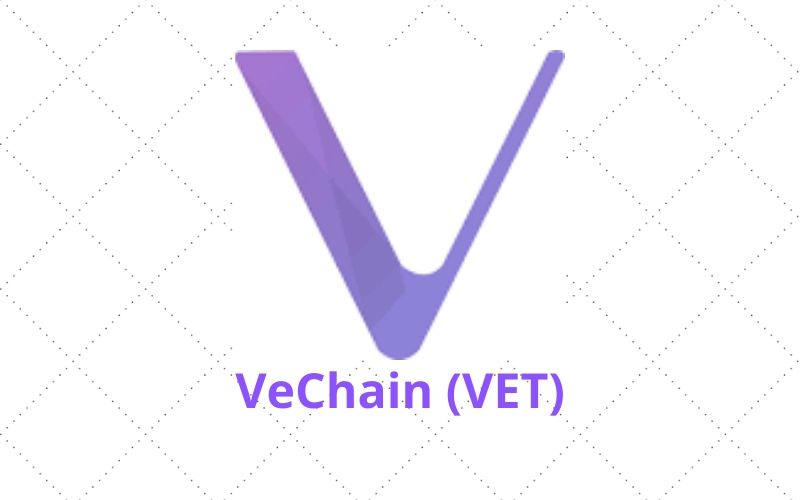According to a recent report, Proof-of-Authority (PoA) 2.0, the consensus algorithm designed to optimize the VeChain blockchain is expected to launch in 2021.
This new development was related a couple of hours ago via the official Twitter handle of the chief scientist of VeChain blockchain, Peter Zhou.
In the tweet, Zhou stated that there is now a headway to the implementation of the much-awaited PoA 2.0.
Peter Zhou tweeted, “We’ve overcome the final technical difficulty for implementing our new consensus PoA2.0! Good job.”
Read Also: VeChain Joins China Animal Health and Food Safety Alliance as Public Blockchain Technology Provider
So, with the latest development, the VeChain community expects the implementation of PoA 2.0 in 2021:
“PoA 2.0 on VeChain is coming! Are you ready for great advancements in the new year?”
PoA 2.0 on VeChain is coming! Are you ready for great advancements in the new year?😃 https://t.co/ydwsmjjXrJ
— VeChain Dev (@vechaindev) January 4, 2021
What Is Proof of Authority (PoA) Consensus?
According to a blog post published on Vechain101.com, VechainThor is a blockchain that is powered by a Proof-of-Authority (PoA) consensus algorithm, unlike Bitcoin and Ethereum that run on Proof-of-Work (PoW) and Proof-of-Stake (PoS) respectively.
In Proof-of-Authority (PoA) consensus, one of the 101 pre-approved validators is randomly selected to generate the next block. This particular model avoids computational competition, thereby enables a faster and more efficient block production.
Why VeChain PoA 2.0 Is Needed
Since VeChainThor’s scaling solution is all about quality, there will always be room for improvement. There are many ways to scale a blockchain network, such as increasing the bandwidth, increasing the block size, etc.
Read Also: VeChain Utility to Be Leveraged By a Top United States Seafood Firm to Boost Traceability
As for VeChain, it chooses to use PoA 2.0 SURFACE (Secure Use-case-adaptive Relatively Fork-free Approach of Chain Extension) consensus to optimize its bandwidth.
In the process of maximizing the percentage of time spent in transmitting data, more transactions can be included in the block, which will raise the number of transactions per second (TPS) and improve the bandwidth efficiency.
Follow us on Twitter, Facebook, Telegram, and Download Our Android App.
